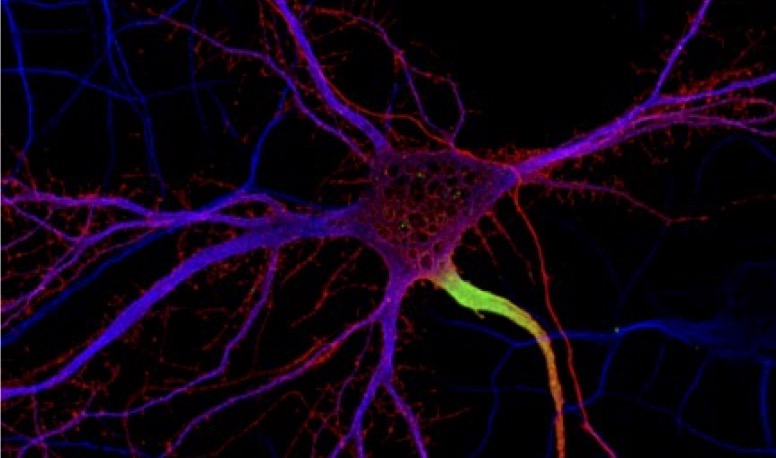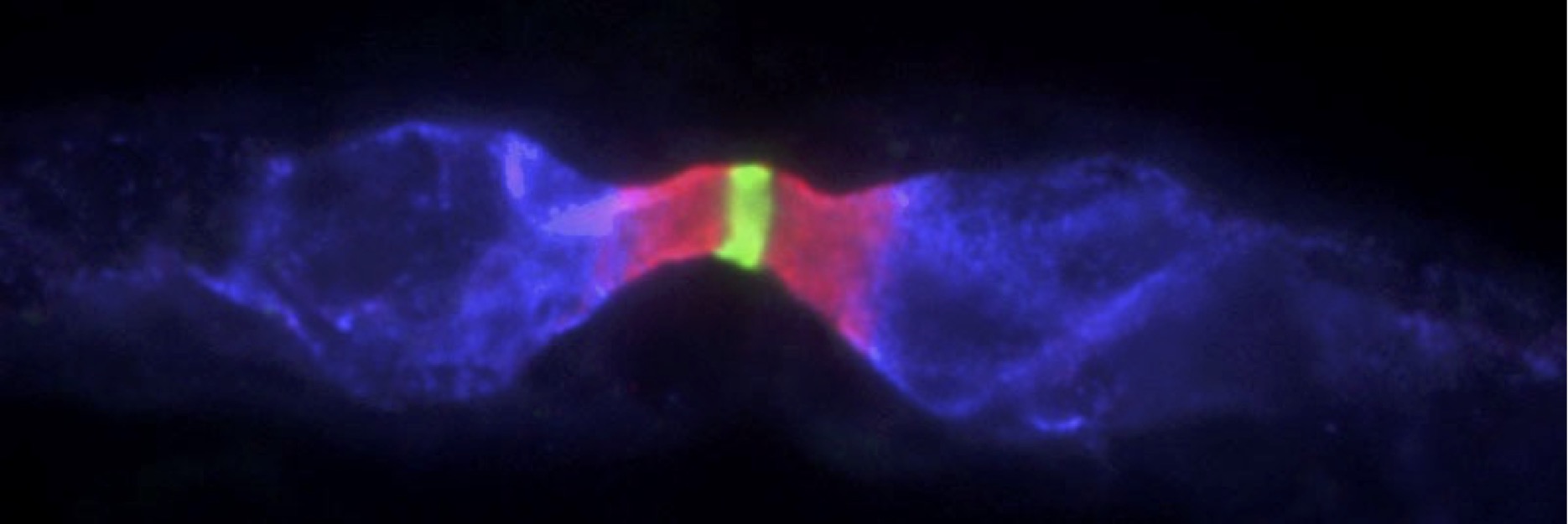Dr. Hamdan received his master’s degree in molecular biology from Lebanese American University (LAU) and his PhD degree in Molecular Neurobiology from University of Arkansas for Medical Sciences (UAMS), USA. His postdoctoral fellowship was at Baylor College of Medicine (USA) was focused on mechanisms regulating localization and retention of proteins at the axon initial segments and nodes of Ranvier. He worked as assistant professor of neurophysiology at Alfaisal University in Kingdom of Saudi Arabia. He joined Khalifa University as assistant professor in department of physiology and immunology.

Dr. Hamdan’s Lab:
The abundance of protein components of the nodes of Ranvier that were found at the axon initial segment (AIS) strongly suggests that these domains are similar to those that are involved in the maintenance and formation of neuronal structures.
Despite the similarities between the two neuronal domains, the node of Ranvier and the AIS have one major difference. The main difference is that the recruitment of the same proteins to the nodes requires the involvement of myelinating glia, but this does not happen with the AIS. Recent research (in my previous lab, Prof. Rasband at Baylor College of Medicine) has shown that the AIS is an intrinsic part of the neuron, while the node of Ranvier is dependent on the extrinsic factors of the glial environment.

The goal of the Hamdan’s laboratory is to understand the mechanisms by which axon initial segment (AIS) andthe nodes of Ranvier are assembled and maintained in their normal health and during injury or their role in neurodegenerative diseases.
Any therapeutic intervention for the nervous system must involve the proper maintenance and assembly of node of Ranvier and the AIS.
Determine the consequences of nervous system injury/disease (e.g., multiple sclerosis, traumatic brain injury, ischemic brain injury, peripheral nerve injury) on the structure and function of nodes of Ranvier and axon initial segments.
Investigating novel methods of delivering DNA/RNA into primary hippocampal, cortical neurons and animals (mice and/or rats) using helper dependent virus, adenovirus, BioID and Crispr/Cas9 for genes study, editing and delivery in animal model and/or primary cell culture.
Also, a new research area in Dr. Hamdan’s lab to investigate the gene expression of calcium-linked pathways governing cancer, and developmental neurodegenerative diseases.
Google Scholar:
https://scholar.google.com/citations?user=0F_Dl8MAAAAJ&hl=en
Pubmed:
https://www.ncbi.nlm.nih.gov/myncbi/hamdan.hamdan.1/bibliography/public/